Home>Furniture & Design>Bathroom Accessories>What Is The Purpose Of Grab Bars?
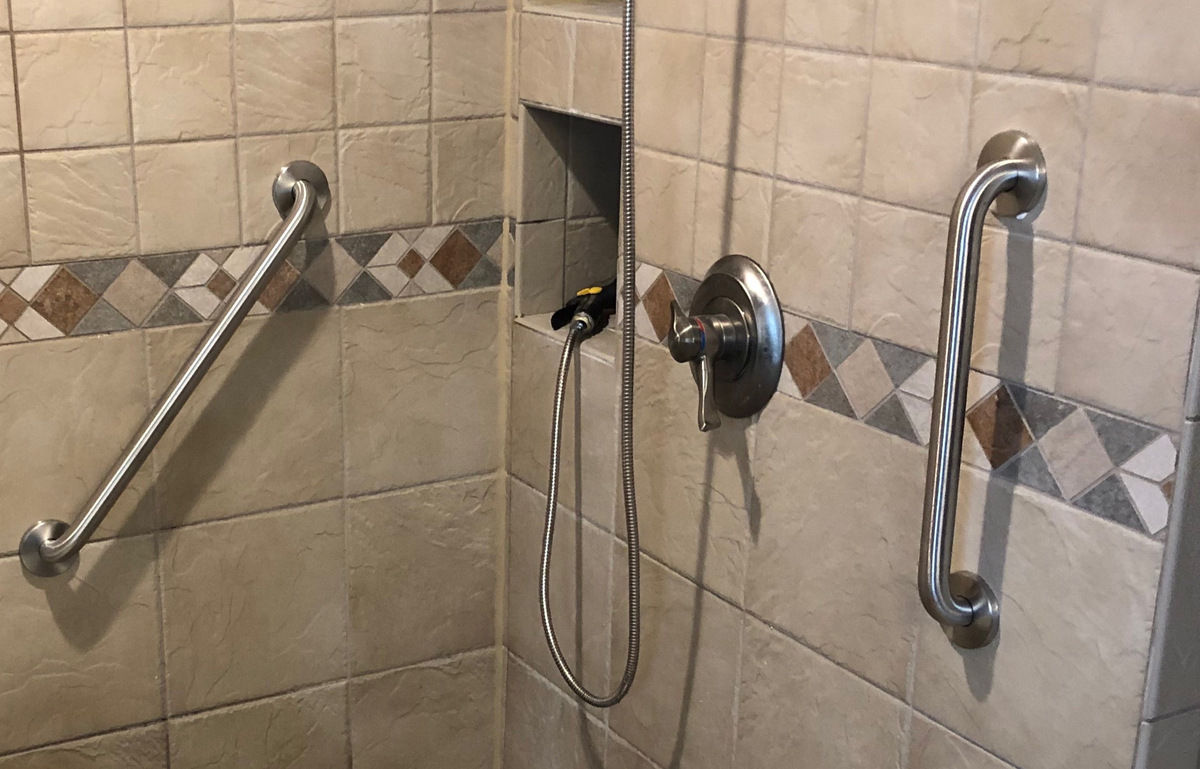

Bathroom Accessories
What Is The Purpose Of Grab Bars?
Published: February 10, 2024
Discover the importance of grab bars in bathrooms and how they enhance safety and accessibility. Explore a wide range of bathroom accessories to improve functionality and comfort.
(Many of the links in this article redirect to a specific reviewed product. Your purchase of these products through affiliate links helps to generate commission for Storables.com, at no extra cost. Learn more)
Introduction
Grab bars are essential bathroom accessories designed to enhance safety, support, and accessibility for individuals of all ages and abilities. These simple yet indispensable fixtures play a crucial role in preventing accidents and providing stability in the bathroom, where slippery surfaces and limited mobility can pose significant risks. Whether it's for aging adults, individuals with disabilities, or anyone seeking added security in the bathroom, grab bars offer peace of mind and independence.
In this comprehensive guide, we will delve into the multifaceted purposes of grab bars, exploring their significance in promoting safety, accessibility, and injury prevention. Additionally, we will discuss the different types of grab bars available, along with essential considerations for their installation and placement. By understanding the pivotal role of grab bars in the bathroom, you can make informed decisions to create a secure and accommodating environment for yourself or your loved ones.
Key Takeaways:
- Grab bars are essential bathroom accessories that provide safety, support, and independence for people of all ages and abilities, preventing accidents and promoting confidence in the bathroom.
- By offering stability, preventing falls, and promoting accessibility, grab bars play a crucial role in creating a secure and accommodating environment in the bathroom, prioritizing the well-being and independence of all individuals.
Read more: What Is The ADA Height For Grab Bars?
Safety and Support
Safety and support are the primary functions of grab bars in the bathroom. These fixtures provide a sturdy and reliable means of assistance, especially in environments where the risk of slips and falls is heightened. Whether it's stepping into or out of the shower, maneuvering around the toilet, or simply moving within the confined space of the bathroom, grab bars offer crucial support to prevent accidents and ensure stability.
For individuals with limited mobility, such as seniors or those with physical disabilities, grab bars serve as lifelines, enabling them to navigate the bathroom with confidence and reduced risk. The presence of grab bars instills a sense of security, allowing users to maintain their balance and independence while performing routine tasks. Moreover, in the event of a sudden loss of balance or stability, these bars offer a reliable point of contact to prevent potentially injurious falls.
The safety and support provided by grab bars extend beyond specific individuals to benefit anyone using the bathroom. Children, for instance, can grasp these bars for added stability when learning to use the toilet or wash their hands. Additionally, individuals recovering from injuries or surgeries find reassurance in the presence of grab bars, facilitating their rehabilitation process and minimizing the likelihood of further mishaps.
In essence, grab bars are indispensable safety features that offer unwavering support, promoting confidence and peace of mind for users of all ages and abilities. By prioritizing safety and support in the bathroom, these fixtures play a pivotal role in mitigating the inherent risks associated with daily activities, ultimately fostering a secure and accommodating environment for everyone.
Accessibility and Independence
In addition to enhancing safety and support, grab bars significantly contribute to promoting accessibility and independence in the bathroom. These fixtures play a vital role in ensuring that individuals of varying physical abilities can navigate and utilize the bathroom facilities with ease and confidence.
For individuals with mobility challenges, such as seniors or those with disabilities, the presence of strategically placed grab bars can make a substantial difference in their ability to independently perform essential tasks in the bathroom. Whether it's getting in and out of the shower, using the toilet, or simply moving around the space, grab bars serve as crucial aids, empowering individuals to maintain their autonomy and dignity.
Moreover, the installation of grab bars in the bathroom can eliminate barriers that may otherwise impede accessibility. By providing stable points of contact, these fixtures enable individuals with mobility limitations to maneuver safely, thereby reducing the reliance on assistance from others. This not only fosters a sense of self-reliance but also preserves the individual's privacy and dignity, reinforcing their independence in a space that is often associated with vulnerability.
Furthermore, grab bars contribute to creating an inclusive and accommodating environment for individuals with diverse needs. By incorporating these fixtures into bathroom design, whether in private residences, public facilities, or healthcare settings, the accessibility of the space is significantly enhanced. This inclusivity is essential for promoting equal access and participation, ensuring that individuals with disabilities or age-related limitations can engage in daily routines with the same level of convenience and independence as others.
In essence, the presence of grab bars in the bathroom is instrumental in fostering accessibility and independence for individuals with diverse abilities. By facilitating safe and independent navigation of the space, these fixtures contribute to breaking down physical barriers and empowering individuals to engage in essential activities with confidence and autonomy. Ultimately, the incorporation of grab bars reflects a commitment to creating inclusive and accessible environments that prioritize the dignity and independence of all individuals.
Injury Prevention
In the bathroom, the risk of injuries, particularly slips and falls, is a prevalent concern for individuals of all ages. The presence of water, soap residue, and smooth surfaces creates a potentially hazardous environment, making injury prevention a paramount consideration. This is where grab bars play a pivotal role in mitigating such risks and safeguarding individuals from potential harm.
One of the primary functions of grab bars is to serve as reliable anchors that individuals can grasp to maintain their balance and stability. By offering a secure point of contact, these fixtures significantly reduce the likelihood of slips and falls, particularly in wet or slippery conditions. Whether it's stepping in and out of the shower, maneuvering around the toilet, or transitioning between different areas of the bathroom, the presence of grab bars provides essential support to mitigate the risk of accidents.
Moreover, grab bars contribute to injury prevention by offering a means of assistance in the event of sudden loss of balance or stability. For individuals with mobility challenges, such as seniors or those with physical disabilities, the ability to reach for a sturdy grab bar can be the difference between a potential fall and regaining stability. This proactive measure not only minimizes the risk of injuries but also instills confidence and reassurance for users, knowing that they have a reliable support system within arm's reach.
Furthermore, grab bars play a crucial role in injury prevention by addressing the needs of individuals recovering from injuries, surgeries, or those with temporary mobility limitations. These fixtures offer a sense of security and aid in facilitating a smoother rehabilitation process, reducing the potential for further injuries during the recovery period.
In essence, the incorporation of grab bars in the bathroom is instrumental in injury prevention, offering stability, support, and reassurance to mitigate the risks associated with slips and falls. By providing reliable anchors and assistance, these fixtures contribute to creating a safer and more secure environment, ultimately promoting the well-being and safety of individuals using the bathroom.
Types of Grab Bars
When it comes to selecting grab bars for your bathroom, it's essential to consider the diverse range of options available to cater to specific needs and preferences. Understanding the various types of grab bars and their unique features can help you make informed decisions to enhance safety and accessibility in your bathroom.
-
Wall-Mounted Grab Bars: These are the most common type of grab bars and are typically installed horizontally or vertically on the bathroom walls. They offer versatile support for various tasks, such as getting in and out of the shower, using the toilet, or moving around the bathroom. Wall-mounted grab bars come in different lengths and designs, allowing for customization based on individual requirements.
-
Floor-to-Ceiling Grab Bars: Ideal for individuals who require additional support and stability, floor-to-ceiling grab bars provide continuous vertical assistance from the floor to the ceiling. These bars are particularly beneficial for individuals with significant mobility challenges or those who need assistance while standing or transferring between different positions.
-
Angled Grab Bars: Designed to accommodate specific needs, angled grab bars feature a unique design that offers support at an angle, rather than the traditional horizontal or vertical orientation. These bars are particularly useful for individuals who require assistance at specific angles, such as when transitioning from sitting to standing positions or vice versa.
-
Flip-Up Grab Bars: Offering a blend of functionality and space-saving design, flip-up grab bars can be folded up when not in use, providing convenience and accessibility without occupying excessive space. These bars are particularly suitable for smaller bathrooms or shared spaces where flexibility and practicality are essential considerations.
-
Textured Grab Bars: Equipped with textured surfaces or non-slip materials, these grab bars offer enhanced grip and traction, particularly in wet or slippery conditions. Textured grab bars are designed to minimize the risk of slipping and provide added security for individuals with mobility challenges or those who require additional stability.
-
Decorative Grab Bars: Combining functionality with aesthetic appeal, decorative grab bars feature stylish designs and finishes that seamlessly integrate with the bathroom decor. These bars are ideal for individuals who prioritize both safety and visual aesthetics, allowing them to create a cohesive and personalized bathroom environment.
By familiarizing yourself with the diverse types of grab bars available, you can select fixtures that align with your specific requirements and preferences. Whether it's prioritizing functionality, space optimization, or visual appeal, the wide array of grab bar options ensures that you can enhance safety and accessibility in your bathroom without compromising on style or practicality.
Read more: How To Remove Grab Bars
Installation and Placement
Proper installation and strategic placement of grab bars are critical to ensuring their effectiveness in enhancing safety and accessibility in the bathroom. Whether you are retrofitting an existing bathroom or incorporating grab bars into a new construction, the following guidelines and considerations are essential for maximizing the functionality and benefits of these fixtures.
Professional Installation
While some individuals may opt for DIY installation, it is highly recommended to enlist the services of a professional contractor or installer with experience in handling grab bars. Professional installation ensures that the bars are securely affixed to the wall or structural supports, minimizing the risk of improper placement or inadequate anchoring. Additionally, professionals can assess the specific needs and requirements of the user, determining the most suitable locations and configurations for the grab bars.
Location Considerations
The strategic placement of grab bars is pivotal in catering to the diverse needs of individuals using the bathroom. When determining the locations for installation, it is essential to consider the primary areas where support and stability are most needed. These typically include the shower or bathtub area, alongside the toilet, and near transitions between different surfaces or fixtures. For individuals with specific mobility challenges, customized placement may be necessary to accommodate their unique requirements.
Height and Accessibility
The height at which grab bars are installed significantly impacts their usability and effectiveness. Standard recommendations advise positioning grab bars at a height that allows users to comfortably reach and grasp them while standing or sitting. Additionally, ensuring that the bars are accessible to individuals of varying heights and mobility levels is crucial for promoting inclusivity and convenience.
Read more: Who Installs Grab Bars?
Reinforcement and Anchoring
Proper anchoring and reinforcement are imperative to the stability and reliability of grab bars. Depending on the type of wall material and structural considerations, it may be necessary to reinforce the installation area to support the weight and pressure exerted on the grab bars. This is particularly important in ensuring that the bars can withstand the force applied when used for support or assistance.
Compliance with Regulations
When installing grab bars, it is essential to adhere to relevant building codes and accessibility standards to guarantee compliance with safety and structural requirements. These regulations may dictate specific guidelines for the installation height, weight-bearing capacity, and placement of grab bars, ensuring that they meet the necessary safety standards for use in residential or commercial settings.
By prioritizing professional installation, thoughtful location considerations, appropriate height and accessibility, reinforcement, and compliance with regulations, the installation and placement of grab bars can effectively enhance safety and accessibility in the bathroom. These measures contribute to creating a secure and accommodating environment that caters to the diverse needs of individuals, promoting independence and peace of mind for users of all ages and abilities.
Grab bars are installed in bathrooms and other areas to provide stability and support for people with limited mobility. They help prevent slips and falls, making it easier for individuals to move around safely.
Conclusion
In conclusion, grab bars serve as indispensable fixtures in the bathroom, offering multifaceted benefits that extend far beyond mere support and stability. These essential accessories play a pivotal role in promoting safety, accessibility, and injury prevention for individuals of all ages and abilities. By providing reliable anchors and assistance, grab bars contribute to creating a secure and accommodating environment that prioritizes the well-being and independence of users.
The significance of grab bars lies in their ability to enhance safety and support, particularly in environments where the risk of slips and falls is prevalent. Whether it's for aging adults, individuals with disabilities, or anyone seeking added security in the bathroom, these fixtures offer peace of mind and confidence, enabling users to navigate the space with reduced risk and increased stability.
Furthermore, grab bars significantly contribute to promoting accessibility and independence, empowering individuals with diverse abilities to engage in essential activities with confidence and autonomy. By eliminating barriers and providing stable points of contact, these fixtures foster inclusivity and ensure that individuals with mobility challenges can navigate and utilize the bathroom facilities with ease and dignity.
Moreover, the role of grab bars in injury prevention cannot be overstated. These fixtures offer essential support to mitigate the risks associated with slips and falls, particularly in wet or slippery conditions. By providing reliable anchors and assistance, grab bars contribute to creating a safer and more secure environment, ultimately promoting the well-being and safety of individuals using the bathroom.
The diverse types of grab bars available, ranging from wall-mounted to floor-to-ceiling and decorative options, cater to specific needs and preferences, allowing individuals to enhance safety and accessibility in their bathrooms without compromising on style or practicality.
Proper installation and strategic placement of grab bars are critical to ensuring their effectiveness in enhancing safety and accessibility in the bathroom. By prioritizing professional installation, thoughtful location considerations, appropriate height and accessibility, reinforcement, and compliance with regulations, individuals can create a secure and accommodating environment that caters to the diverse needs of users.
In essence, grab bars are not merely functional fixtures; they are essential components of a bathroom environment that prioritize safety, inclusivity, and independence. By understanding the pivotal role of grab bars and incorporating them thoughtfully into bathroom design, individuals can create spaces that offer unwavering support, confidence, and peace of mind for all who utilize them.
Frequently Asked Questions about What Is The Purpose Of Grab Bars?
Was this page helpful?
At Storables.com, we guarantee accurate and reliable information. Our content, validated by Expert Board Contributors, is crafted following stringent Editorial Policies. We're committed to providing you with well-researched, expert-backed insights for all your informational needs.
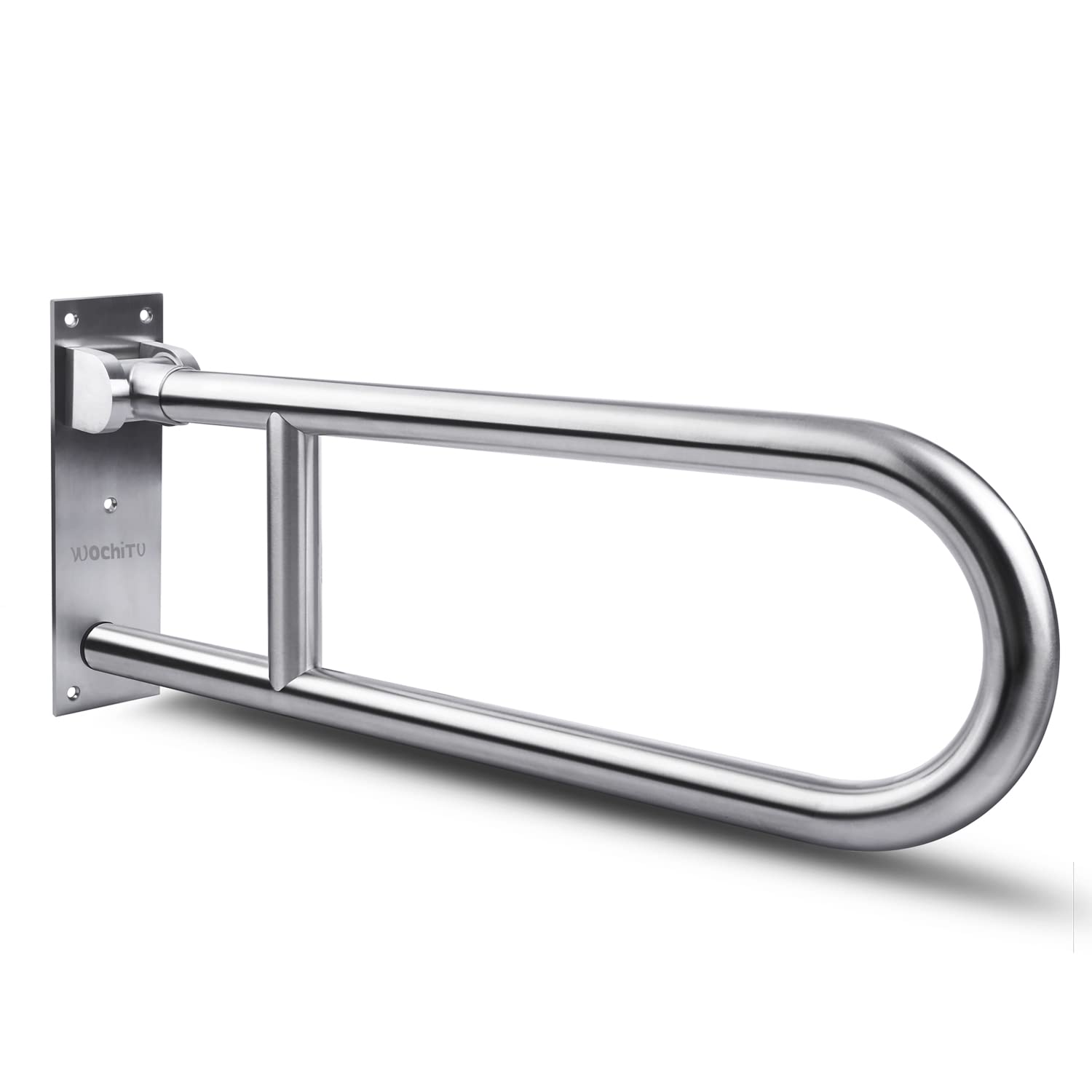
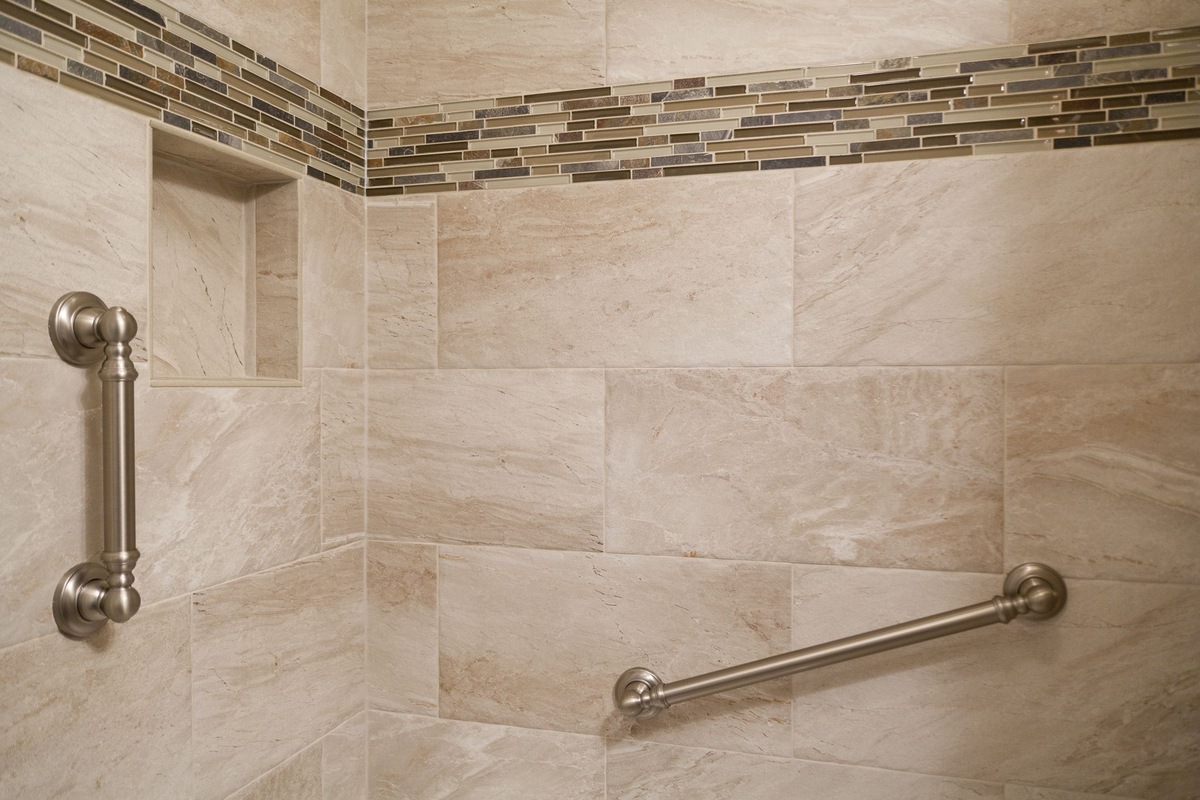
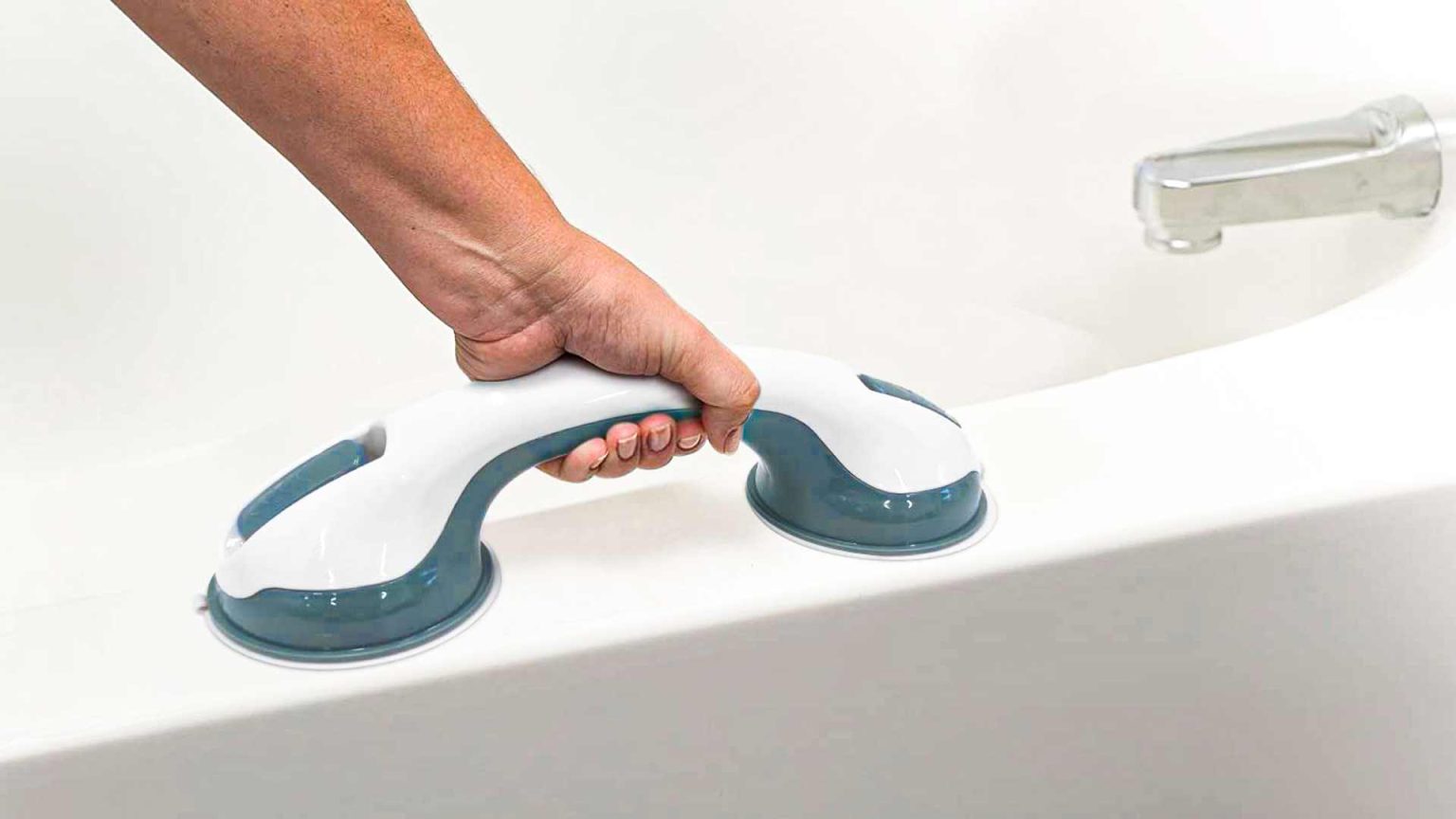
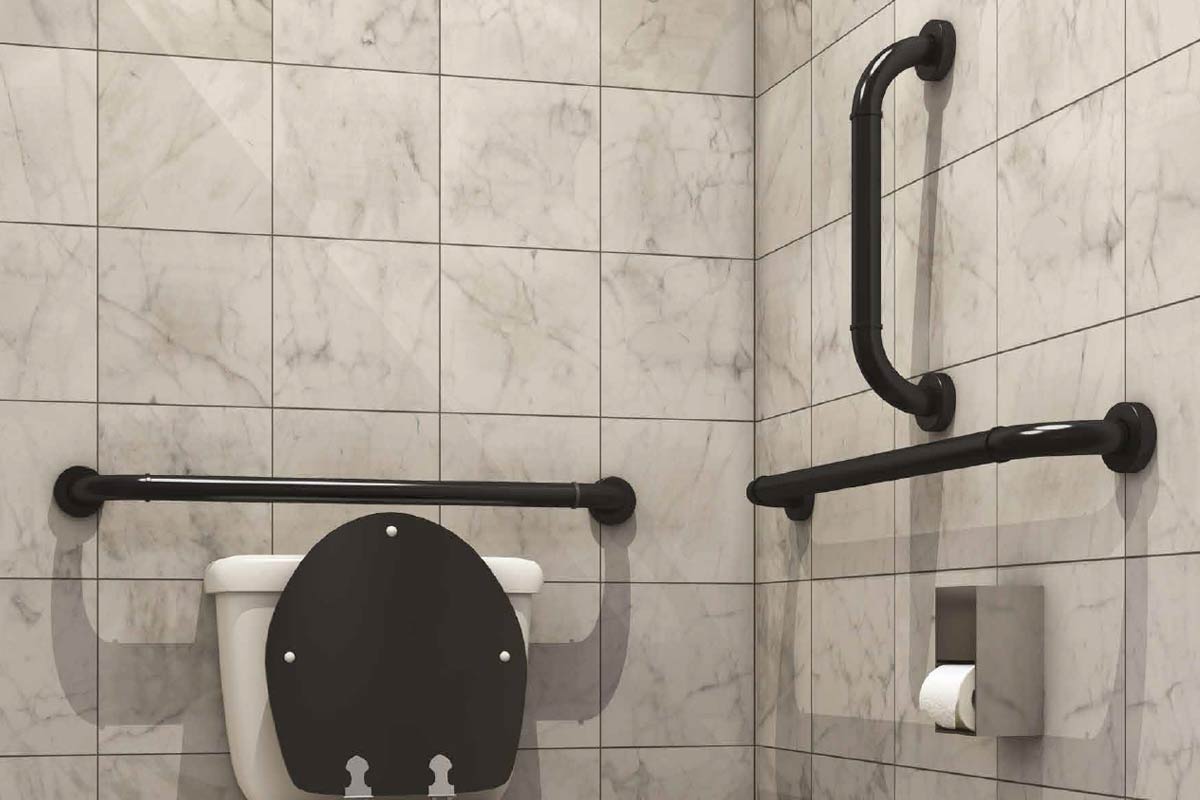
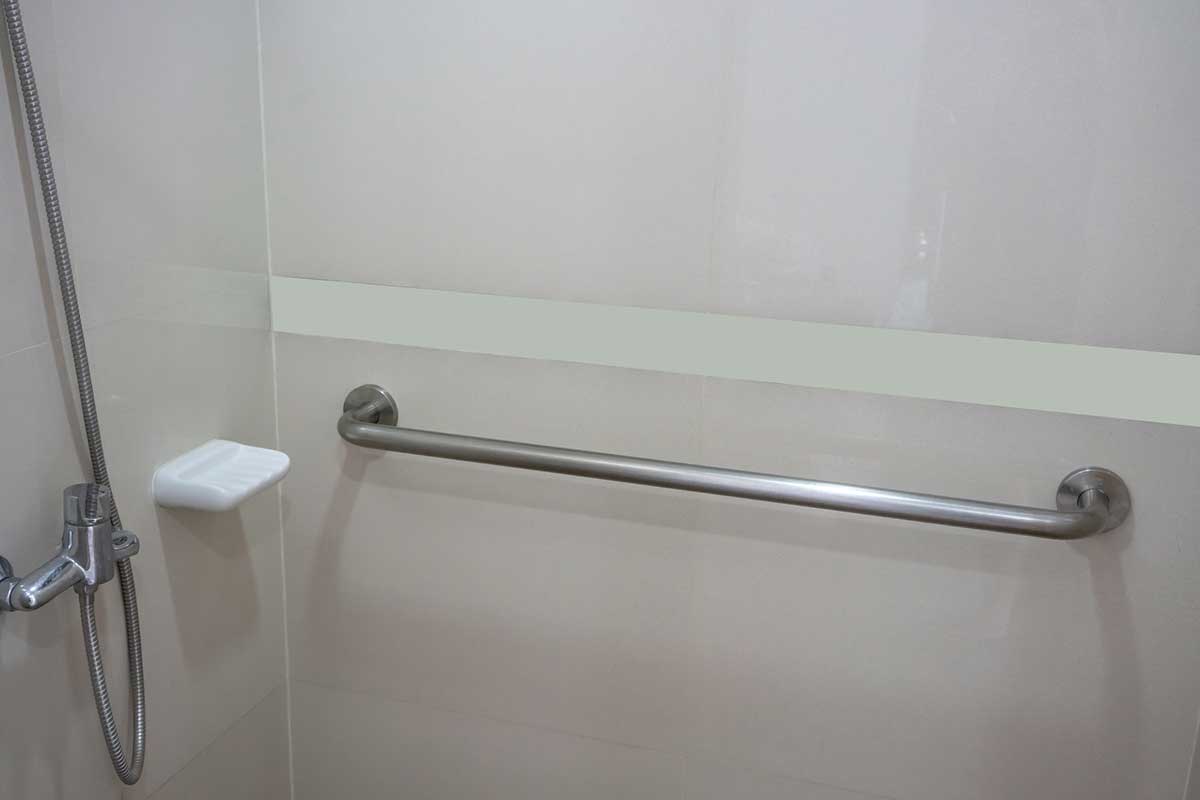
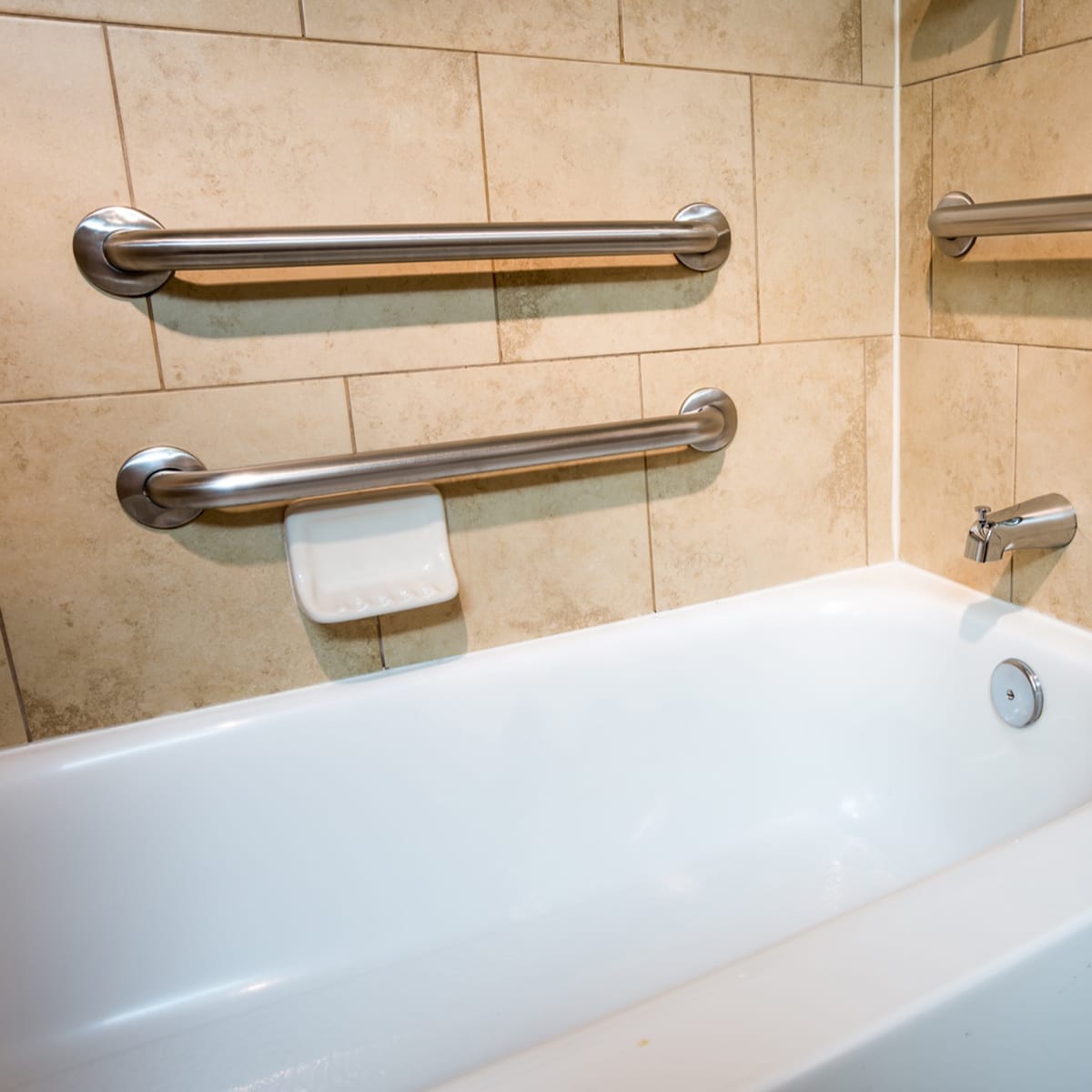
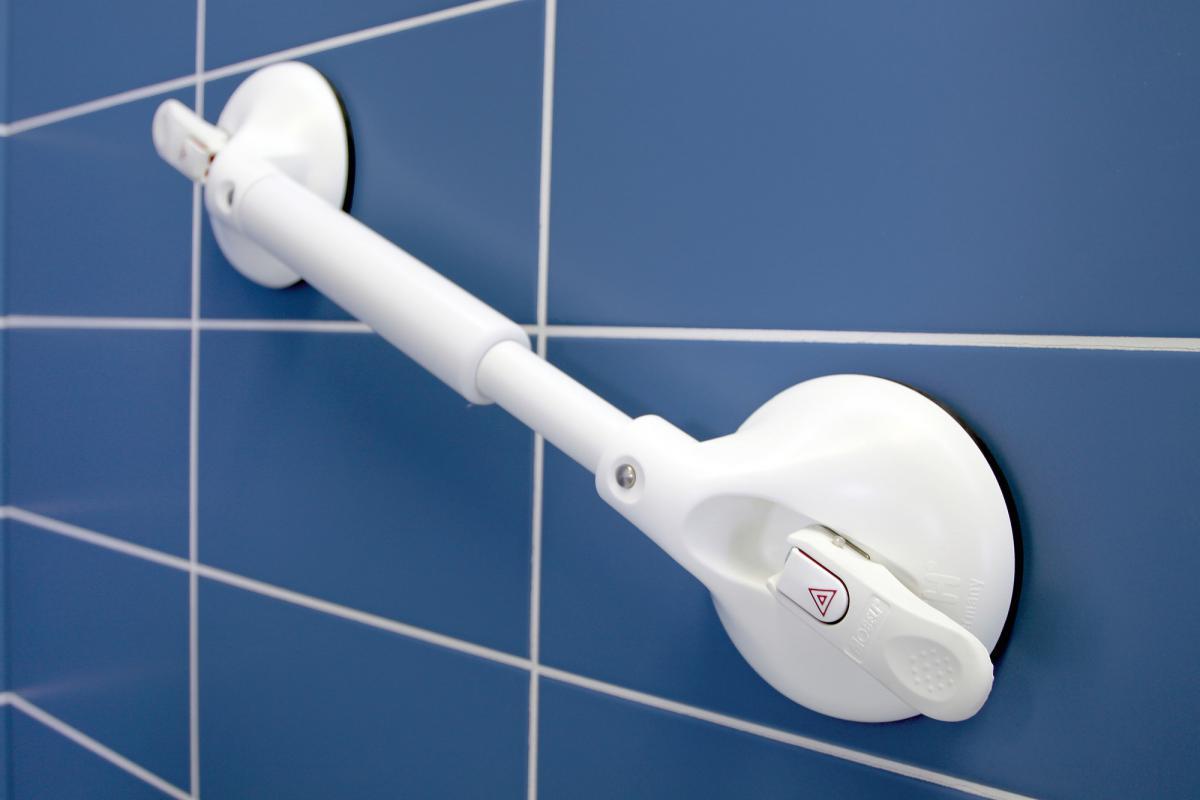
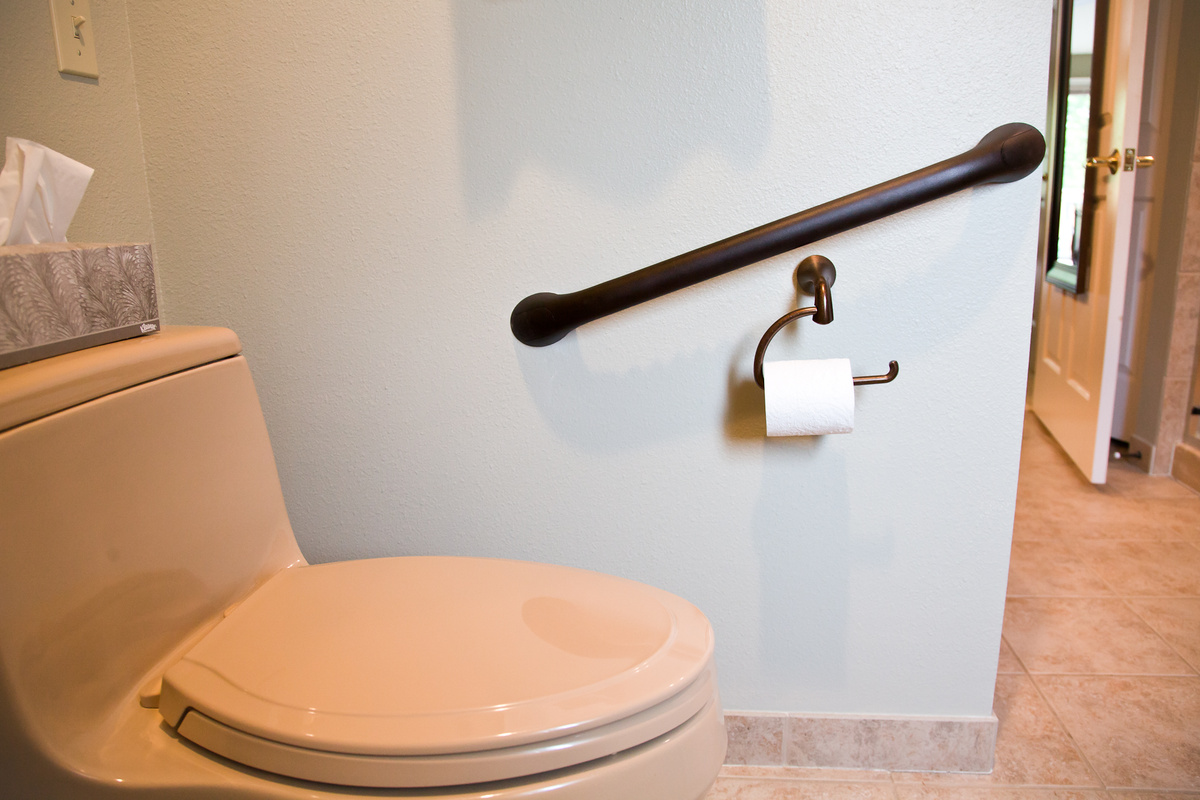
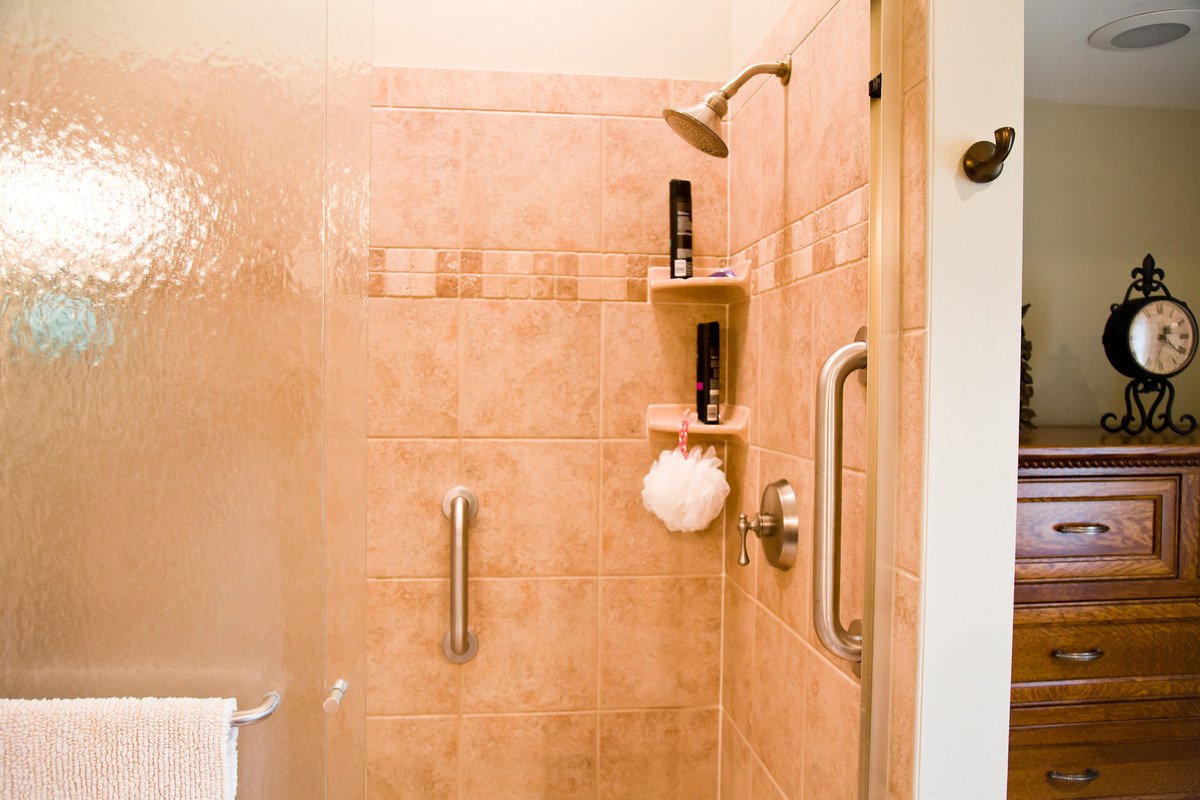
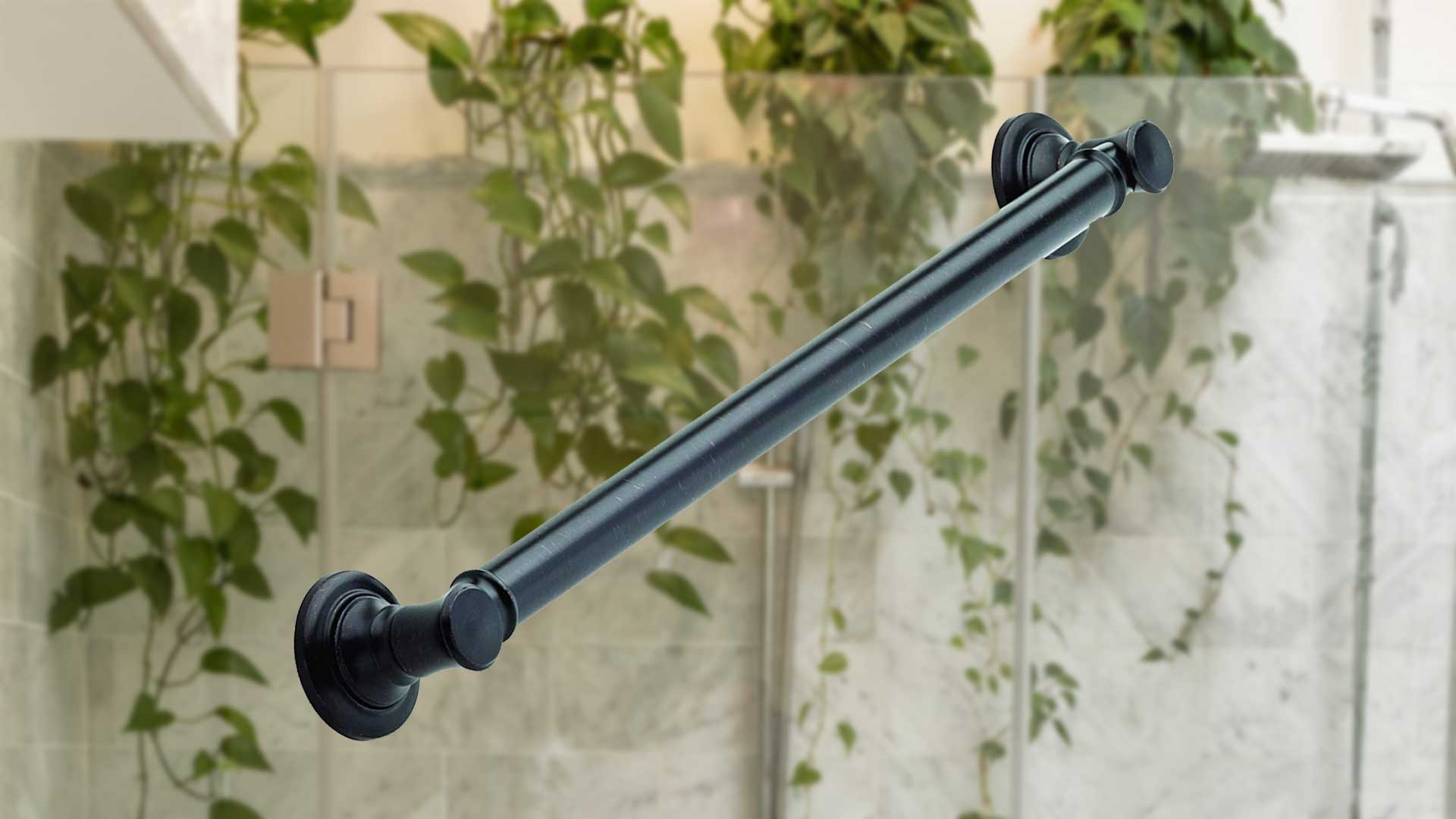
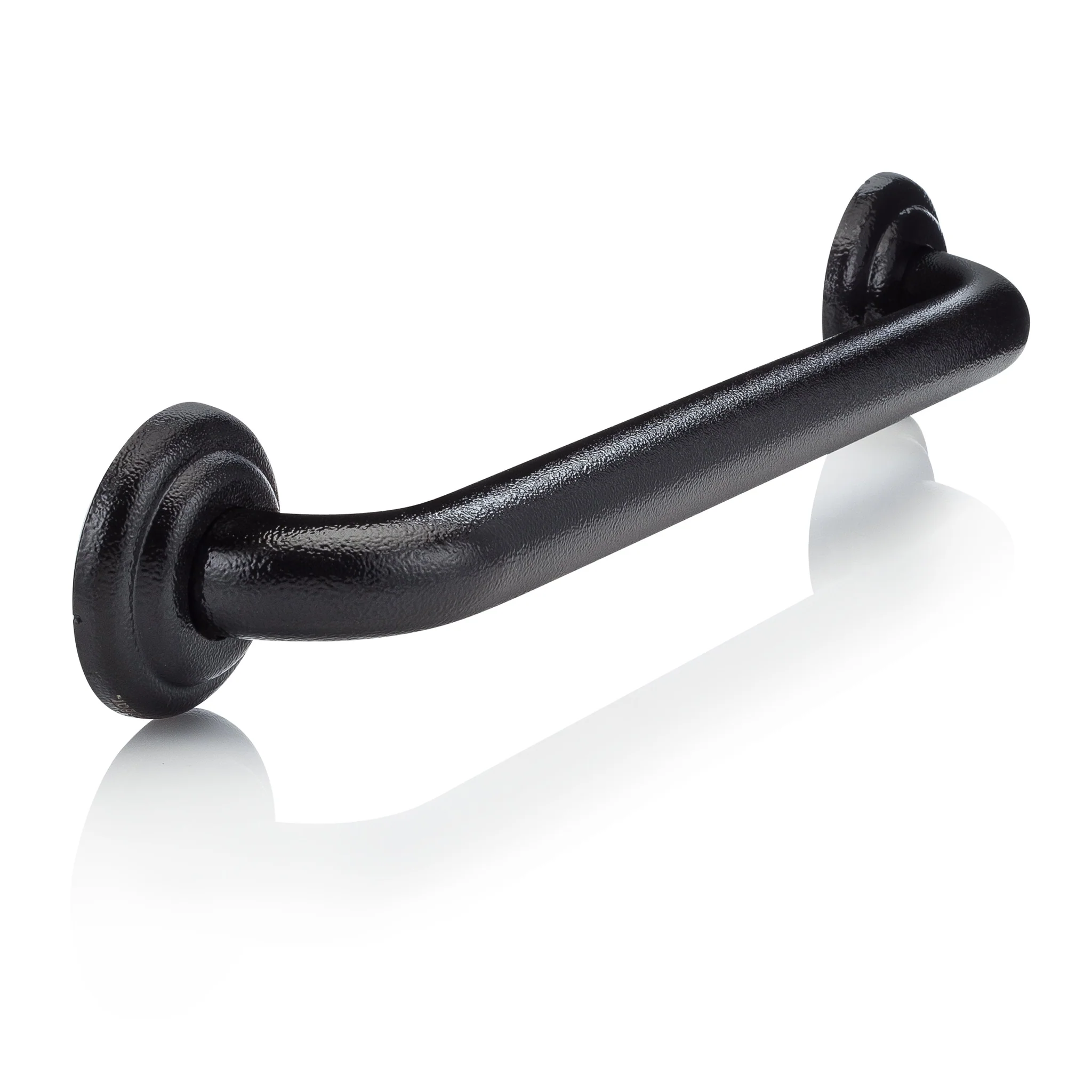
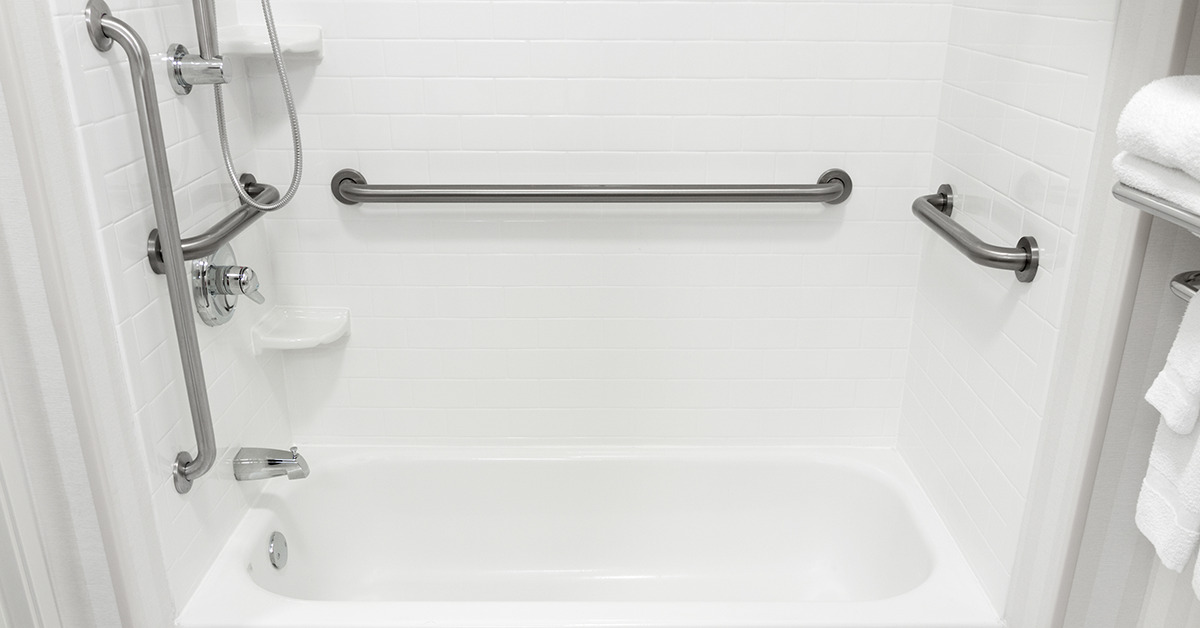
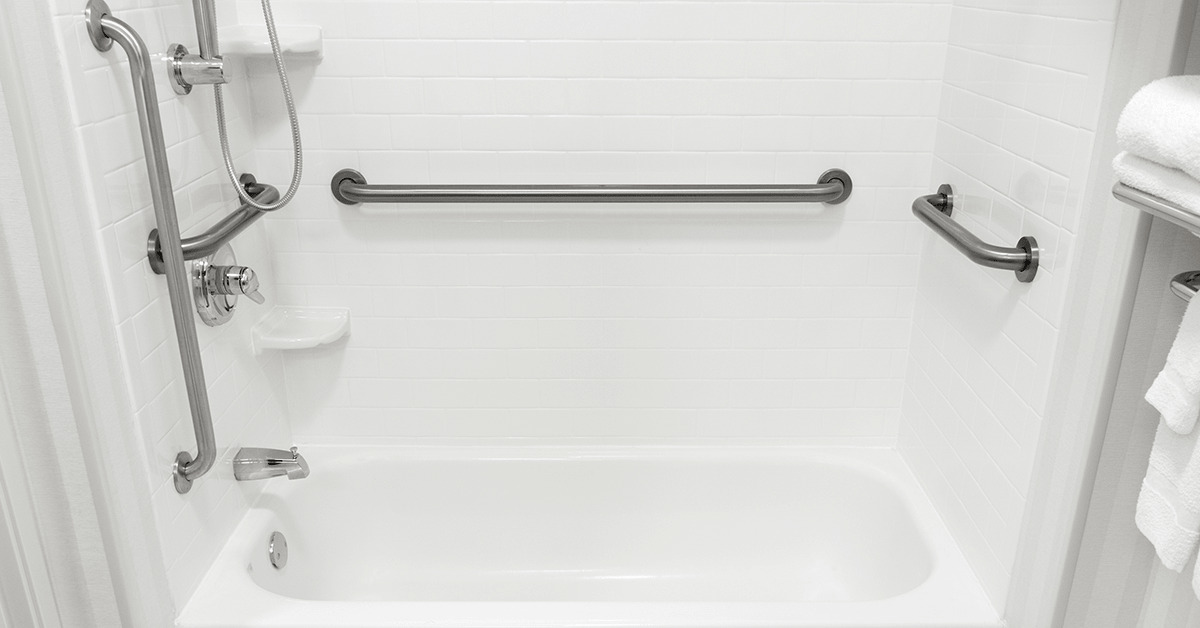

0 thoughts on “What Is The Purpose Of Grab Bars?”